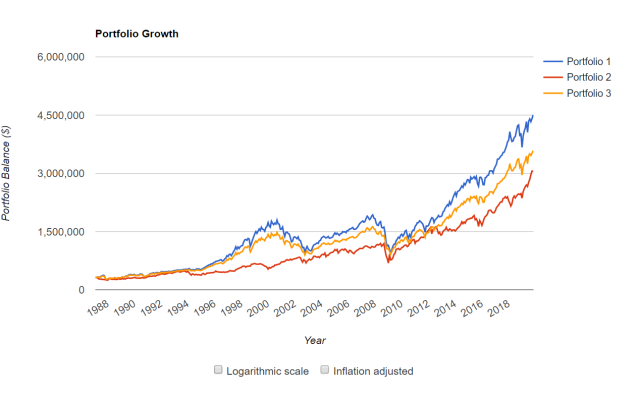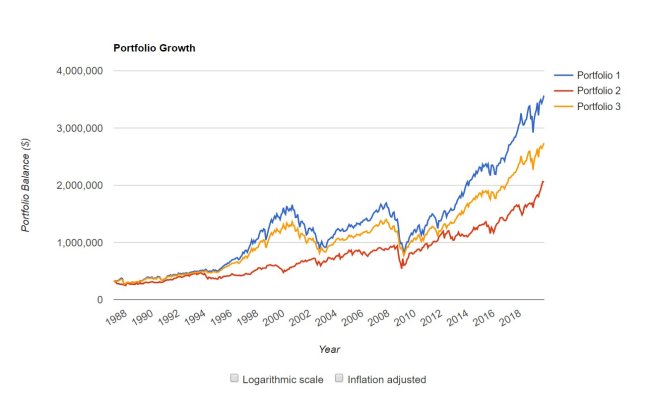SoReadyToRetire
Recycles dryer sheets
I know this is probably a dumb question--but it's a serious one, so please just humor me with your responses. I haven't retired yet, but almost.
I have $315K in one IRA and $140K in a 401k.
I'd like to have the IRA generate a passive income of $10k-$12k/year.
Is it possible to generate that kind of an income by putting the entire balance of $315K into a single income-producing mutual fund?
I have $315K in one IRA and $140K in a 401k.
I'd like to have the IRA generate a passive income of $10k-$12k/year.
Is it possible to generate that kind of an income by putting the entire balance of $315K into a single income-producing mutual fund?


